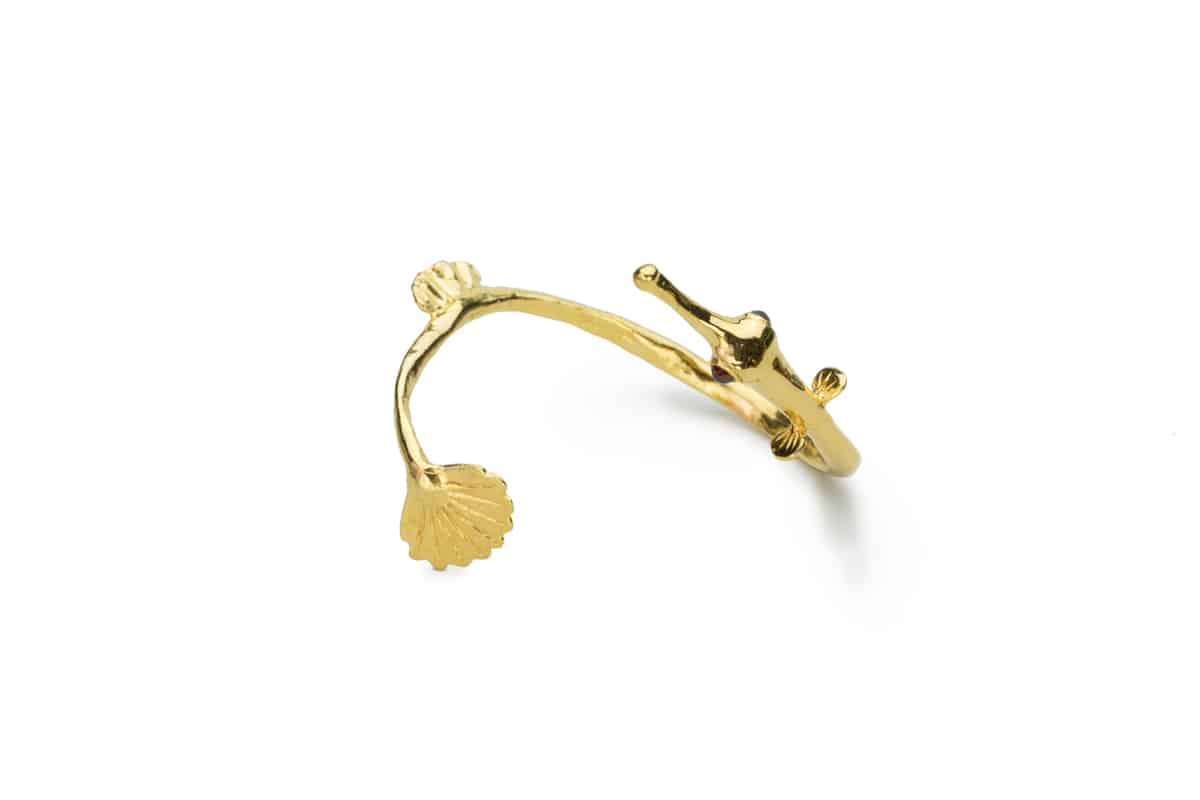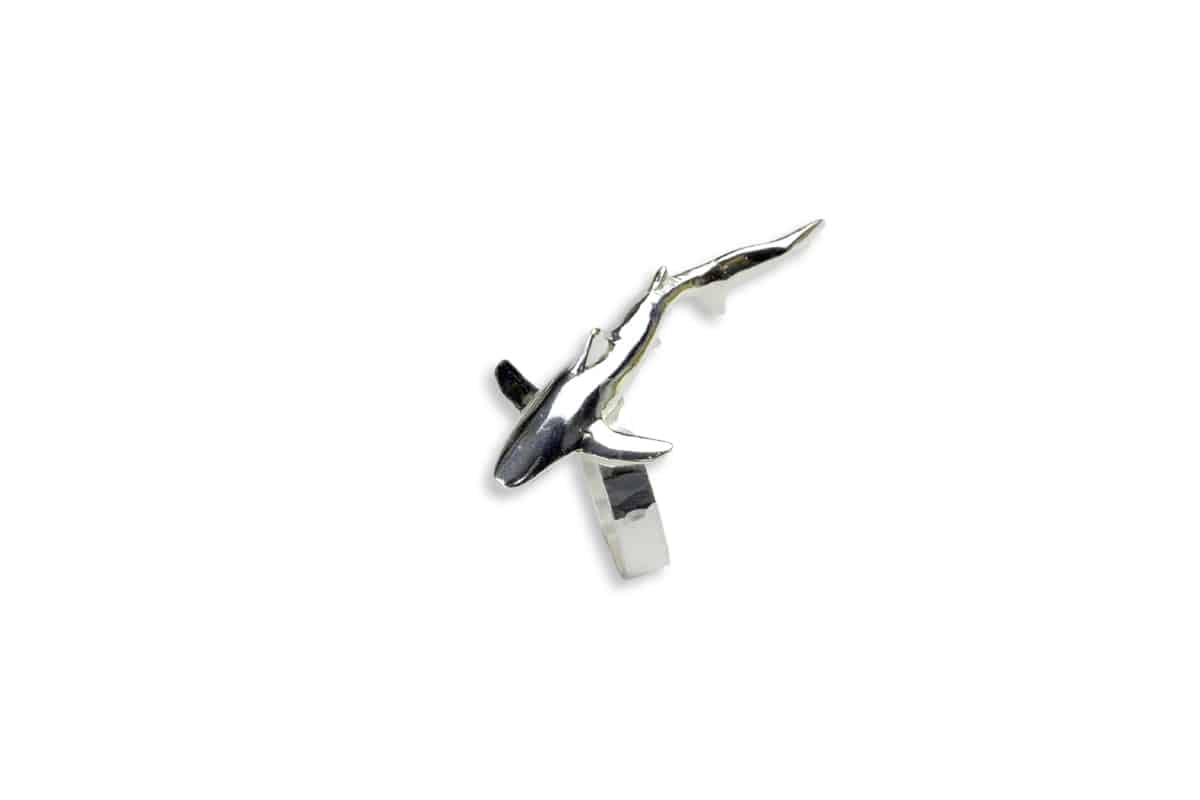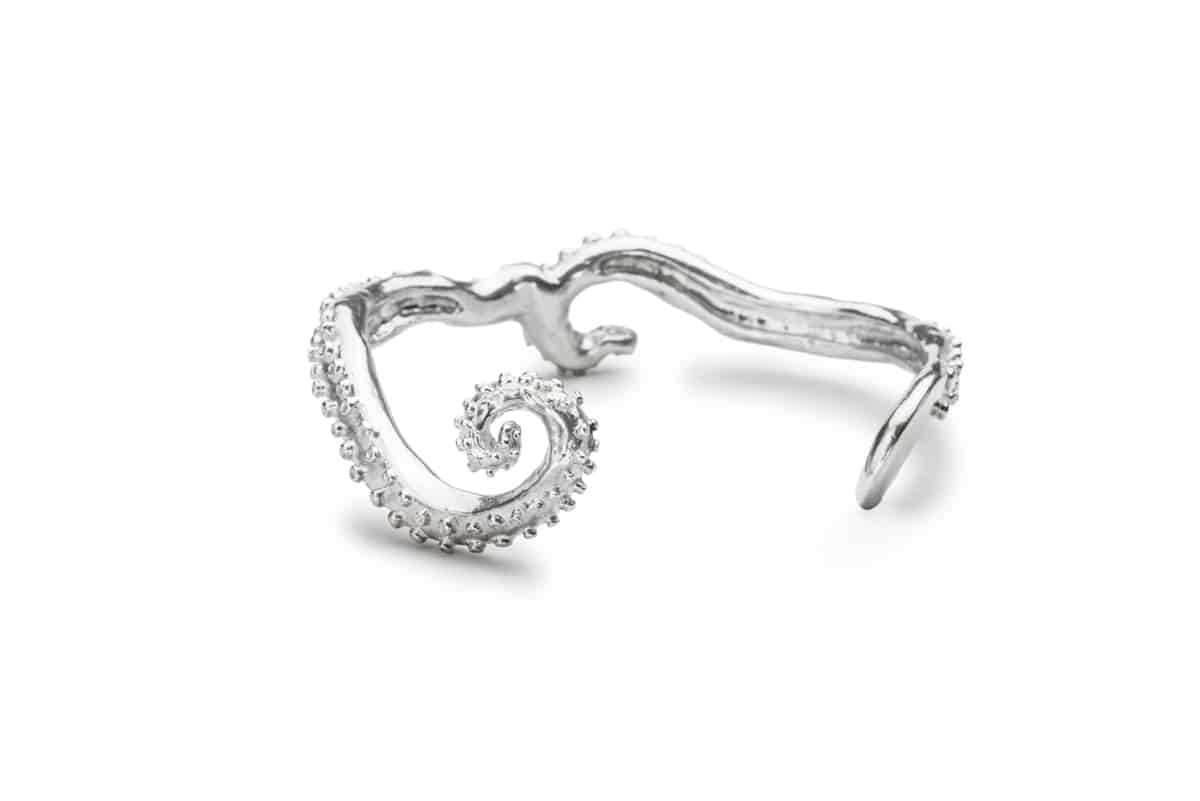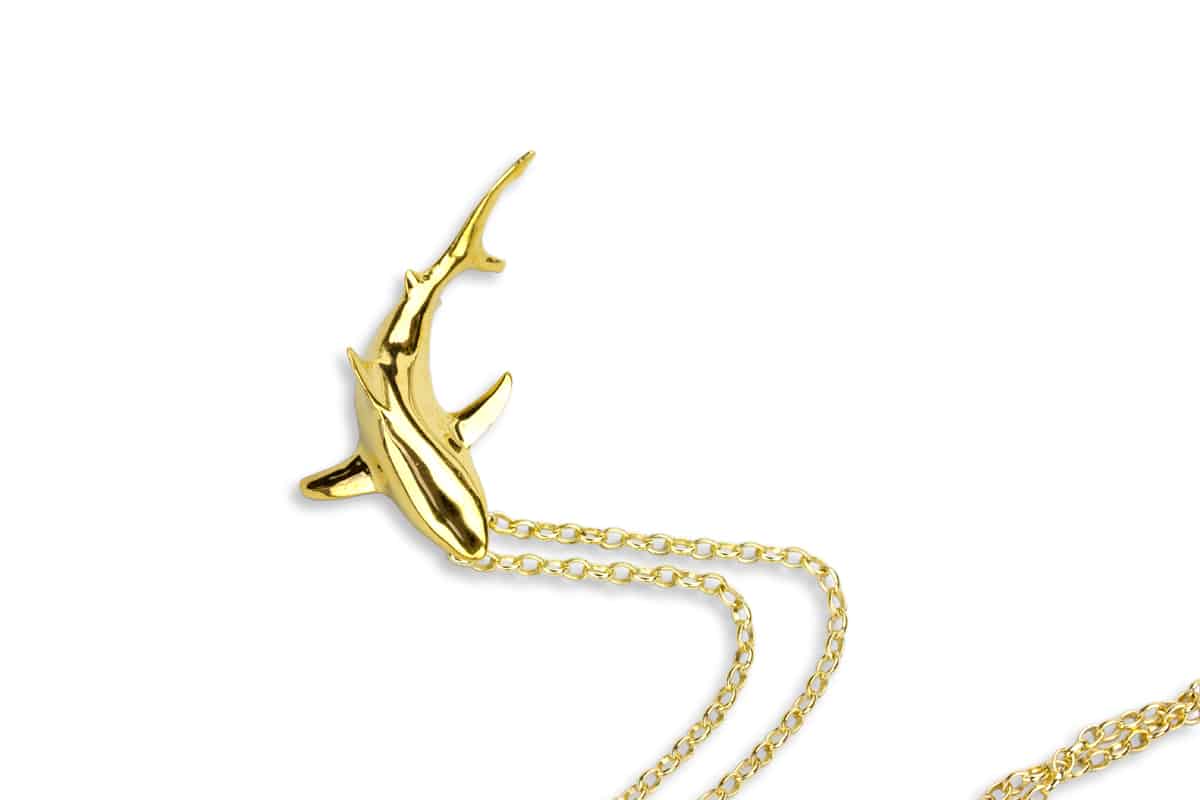Holidays can be a chore. But remember when you used to love it? How can we feel good about it again? Presents are great but do they deliver happiness or are we just buying out of obligation? Is it that thing they love or just a thing?
I watched a Malcolm Gladwell TED talk(author of The Tipping Point, Outliers and Blink) and he was discussing delivering happiness in terms of consumer goods. Companies seek to deliver to the public that one super product that would sell the best. From soap to potato chips to cars, they promote a new thing with a shinier image to make you aspire to that newer, ‘better’ you. And looking at the consumer goods market, they are pretty successful at building current dissatisfaction to make us purchase their new product.
Case in point. When we moved back to Hawaii, I purchased a 3-pack of reusable water bottles for about $12. (Two of them are still going strong 7 years on). But then Hydroflask took over the world. Not plastic! Insulated! In colors! And now, EVERYONE has one. Hikers, divers, moms and carpool kids. Different colors, co-branding, even accessories. It’s a thing. It’s also a symbol of the yoga-wholefood-healthy-hydrated lifestyle everyone aspires to. But one bottle costs about $40. Worth it for many people who use them every day, but not a cheap purchase for anyone on a budget.
I’m not dissing Hydroflask, quite the contrary! I love that they made reusable bottles ‘cool’! It wouldn’t be of value to so many if it wasn’t a good product. But when one thing becomes so much more than itself, I wonder how much is the product and how much is really clever hype.
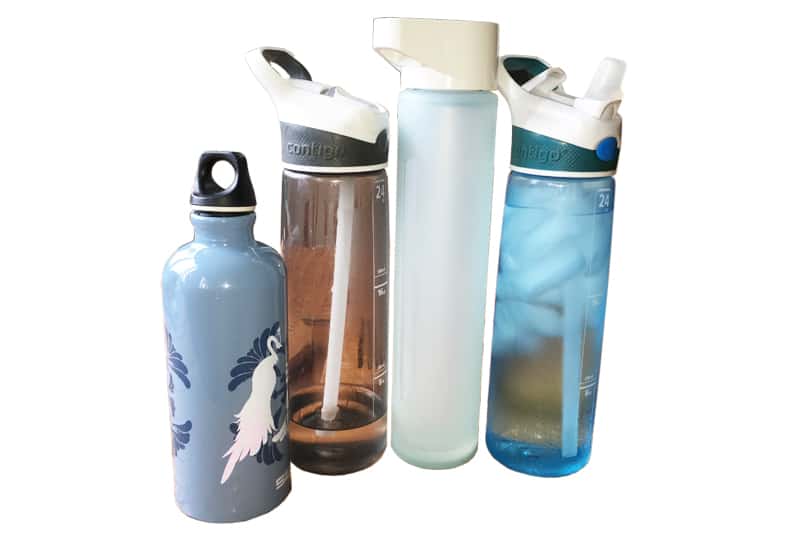
HA! our beat-up, well-loved old bottles
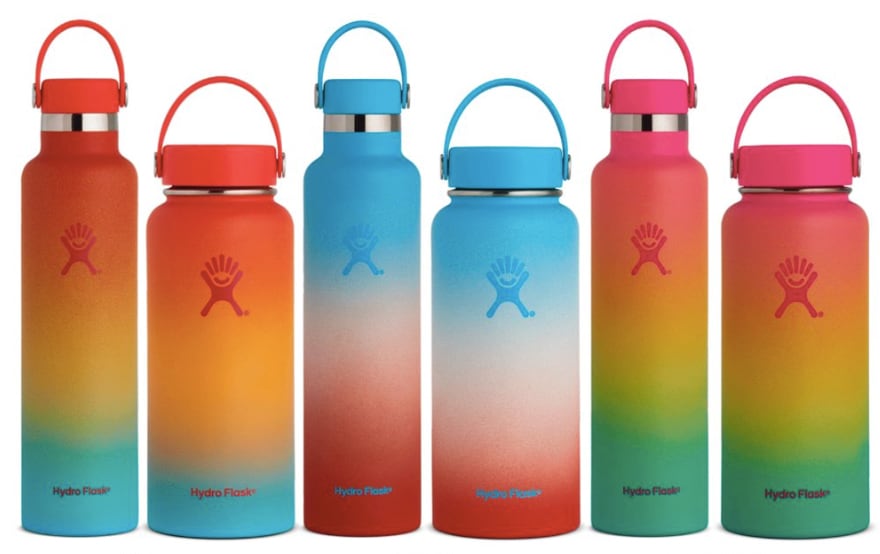
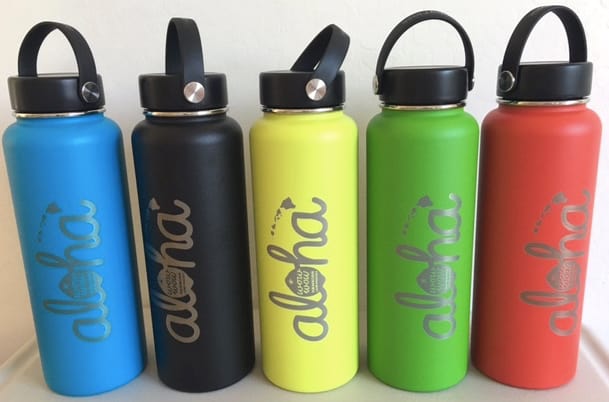
ooh ahh! pretty, colorful hydroflasks

So back to the question of happiness. What delivers happiness? If you’ve saved up to buy a hydroflask, or you are given one after wanting one, you’re elated. When you use it, you smile. But then a month goes by. Are you as elated as you were? How much more elated than a $20 Thermoflask or $4 no-name bottle? Turns out humans have a happiness baseline. Our happiness eventually returns to its baseline after novelty wears off – the end result is that you are marginally more a part of your aspirational crowd, and Hydroflask makes some money.
“Keeping up with the Joneses” image-making is what much marketing relies on, but while creating dissatisfaction with what you have, it’s also an empty promise – there will always be other products to ‘keep up’ with (Hydroflask accessories!) each delivering just fleeting joy. Is the extra cost worth it to you? It might be if there are features you really want. But if you just want a reusable bottle, there are other options.
Gladwell’s argument is that from exhaustive testing, there is never one perfect product, people always fall across different preferences. Marketing usually offers one ideal. But one perfect life/product/path makes no sense; and by extension, choosing your preference makes you happier. Aspiring to THE lifestyle asks the wrong question; not “what do you want?” (research showswe don’t actually know) it’s the much more challenging “who are you?” It requires knowing a bit more about yourself and your loved ones. What will truly resonate? What strikes a chord within you that still makes you happy years later?

My sister is a skinny jeans girl, and has been since her university years. Disregarding all trends, she’s LOYAL. They make her happy! She feels confident, comfortable. And if I gave her another pair of skinnies, she would squeal with delight, and continue to be happy when she wore them. And because she really loves skinny jeans, she never throws them away, they just age with her. No waste!
Finding That Thing They Love isn’t easy, it takes some work. Its hard enough for yourself! But once you do, they are happier with what they have, how they look, and continue to use what they have for longer.
I’ve seen customers that fall in love with a piece, and visit it for 3 years without purchasing it. Then one day a bright shining face appears, they zoom straight over to The.Necklace. or The.Ring. and immediately purchase it. There is something so infectious and uplifting about that kind of happy – not purchased as an obligation to trend, but a fulfillment of who they are. How they see themselves. It makes them whole. And that kind of happy lasts for a really, really long time.
(Below are some things that achieved that kind of bee-line happy purchase – maybe you’ll find one too!)
(For more on happiness research, you may want to just jump over here – things you can do to boost happiness, an in-depth analysis of what makes us happy, or the 5 key lessons of that analysis.)


